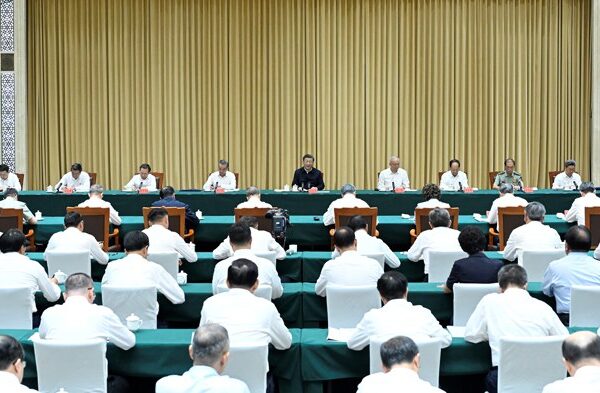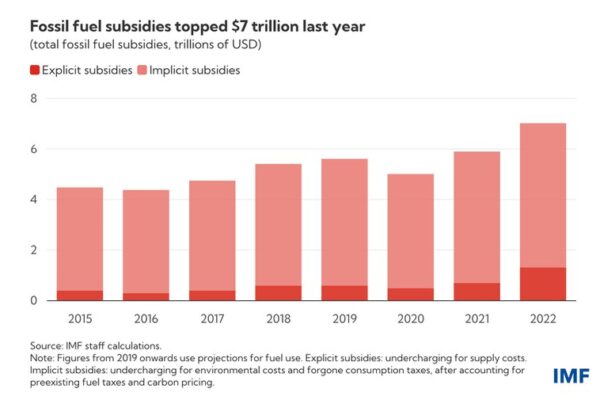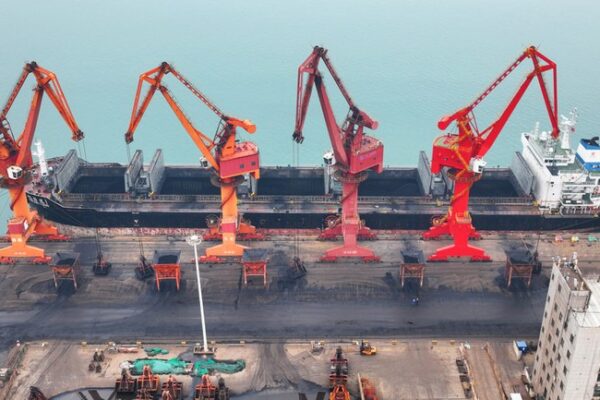
Scavengers risk landslides at Kachin jade mines, where the earth is ‘like a sea’
Myanmar’s jade mining center of Hpakant is a lawless township where the less fortunate gather to gamble on making it big, but with little oversight, the stakes are high and losing means being swallowed up by the earth at the digging pits. Nearly 600 people – mostly scavengers – have died in at least 10 landslides at the mines in Kachin state since 2018, according to data compiled by RFA Burmese, though residents say the death toll is likely higher because many go unrecorded. Among the accidents over the past year, a 2020 landslide at Hpakant’s Hway Hkar jade mining site – located 150 kilometers (95 miles) west of the Kachin capital of Myitkyina – was the worst, claiming the lives of around 190 people. More than 80 died in a landslide at the Hmaw Si Zar site the following year, while a similar number were killed in one at the Met Lin Chuang site in 2022. One resident of Hpakant who, like others interviewed for this story, declined to be named citing security concerns, said that massive, unguarded piles of earth cast off by mining companies and digging pits of more than 300 meters (1,000 feet) in depth make for deadly conditions at the sites. Scavengers must wait to enter the sites until companies suspend mining operations during the rainy season, but with the rains come even greater risks of being buried alive. “You can’t stop them – they do it every year,” he said. “Since they can’t search for jade during the operating season, people in Hpakant have to scavenge during the rainy or cold seasons. If not, there are no other jobs.” According to the U.K.-based rights group Global Witness, nearly 400,000 people in Myanmar rely on scavenging precious stones in the Hpakant region to earn a living – most of whom work under unsafe conditions. The resident said when it rains in Hpakant, the earth is “like a sea” in some places, and that work in such conditions is “terrifying.” Miners search for jade at a Hpakant mine dump in Kachin state, Myanmar Nov. 25, 2015. Credit: Soe Zeya Tun/Reuters Additionally, he said, several abandoned pits in Hpakant put the township at risk of flooding, as rain can build up and overflow at the sites. Others blamed excessive use of explosives and companies’ failure to follow prescribed methods of mining that make sites safer and more sustainable. On Aug. 13, a landslide triggered by heavy rains left 42 people missing at a site near Hpakant’s Mana village, although 33 bodies were later recovered. Video of the aftermath of the incident, obtained by RFA, shows brown water surging up the sides of muddy embankments that circle the caldera of the mine as people look on. In the background, a steep, dark stain runs down the side of a nearby cliff, where scavengers were washed away by a torrent of moving earth. A man who lost his cousin in the landslide said companies are partially to blame for such accidents because they leave their sites unprotected while operations are shut down. “[Mining companies in Hpakant] are all doing it without any rules and regulations,” he said, adding that “not all of them are legal.” Loosened restrictions under junta Under the deposed National League for Democracy, or NLD, jade mining concessions had been suspended in Hpakant and around 90% of mining rights had expired by the end of 2020. However, residents of the area told RFA that since the military seized power in a February 2021 coup, jade companies have illegally restarted mining operations and skirted scrutiny by paying taxes to the Kachin Liberation Organization, an ethnic army in the area, and the junta. “We prohibited [mining] in dangerous places like this,” said parliamentary representative Aung Hein Min, who won a seat in the legislature in Myanmar’s November 2020 election. “We banned high piles of discarded earth … [and] we relaxed the rules outside of the rainy season. Similar measures should be adopted given the current situation.” Rescue workers carry a body shrouded in plastic sheeting, in Hpakant, Kachin state, Myanmar, July 2, 2020, after a landslide killed more than 160 people. Credit: Zaw Moe Htet/AP An environmental conservationist in Hpakant told RFA that in the last decade the number of discarded earth piles have been growing, leading to more landslides that have made the area’s rivers and creeks too shallow. “The rivers, lakes, flora and fauna have been seriously damaged and they need to be restored,” he said. Meanwhile, five of Hpakant’s mountains have “disappeared” due to excavation within the last two decades, the conservationist said. Scavengers at risk When asked about the dangers of mining in the township, junta Social Affairs Minister Win Ye Tun, who is also the spokesperson for Kachin state, said that the regime has been making efforts to protect residents by digging diversion channels at sites where there is a risk of landslides. He also said those who dig illegally are partly to blame for the accidents. Miners search for jade at a Hpakant mine dump in Kachin state, Myanmar, Nov. 25, 2015. Credit: Soe Zeya Tun/Reuters A representative of the NGO Myanmar Mine Monitoring Network said that small-scale mining companies should be given priority to dig for jade in Hpakant. “[Migrant workers] depend on excavating precious stones to earn a living, since there are no jobs,” he said. “The use of heavy machinery needs to be reduced and licensing also needs to be properly verified [to ensure the safety of the sites].” Translated by Htin Aung Kyaw. Edited by Joshua Lipes and Malcolm Foster.






